Paramaribo
If flying into Suriname, visitors arrive in Paramaribo, the capital city.
The Dutch influence can be seen in the historical centre where wooden, two and three-storey, Dutch colonial homes, built between 1680 and 1800, still stand. Their large balconies and dormer windows make the streets of this UNESCO World Heritage site look very European and picturesque.
Time can be spent visiting the simple but beautiful soaring Saint Peter and Paul Cathedral, apparently the largest wooden building in the Western Hemisphere. Check out the Amerindian, Maroon and colonial items, including a replica 19th Century apothecary, in the restored, brick buildings of Fort Zeelandia on the side of the brown Suriname River.
Take a guided tour to find out the history of old plantations or visit the open-air museum of Fort Nieuw Amsterdam. It’s a short taxi ride from town to Leonsberg where a boat can be caught across the river to a jetty close by. Not your regular fort – dykes were used to protect, not walls – there’s a gunpowder room, carriage house and renovated plantation house, amongst others in the large grounds. Old prison cells house an interesting timeline of Surinamese history with separate rooms dedicated to each immigrant/settler group. Much of the information is in Dutch.



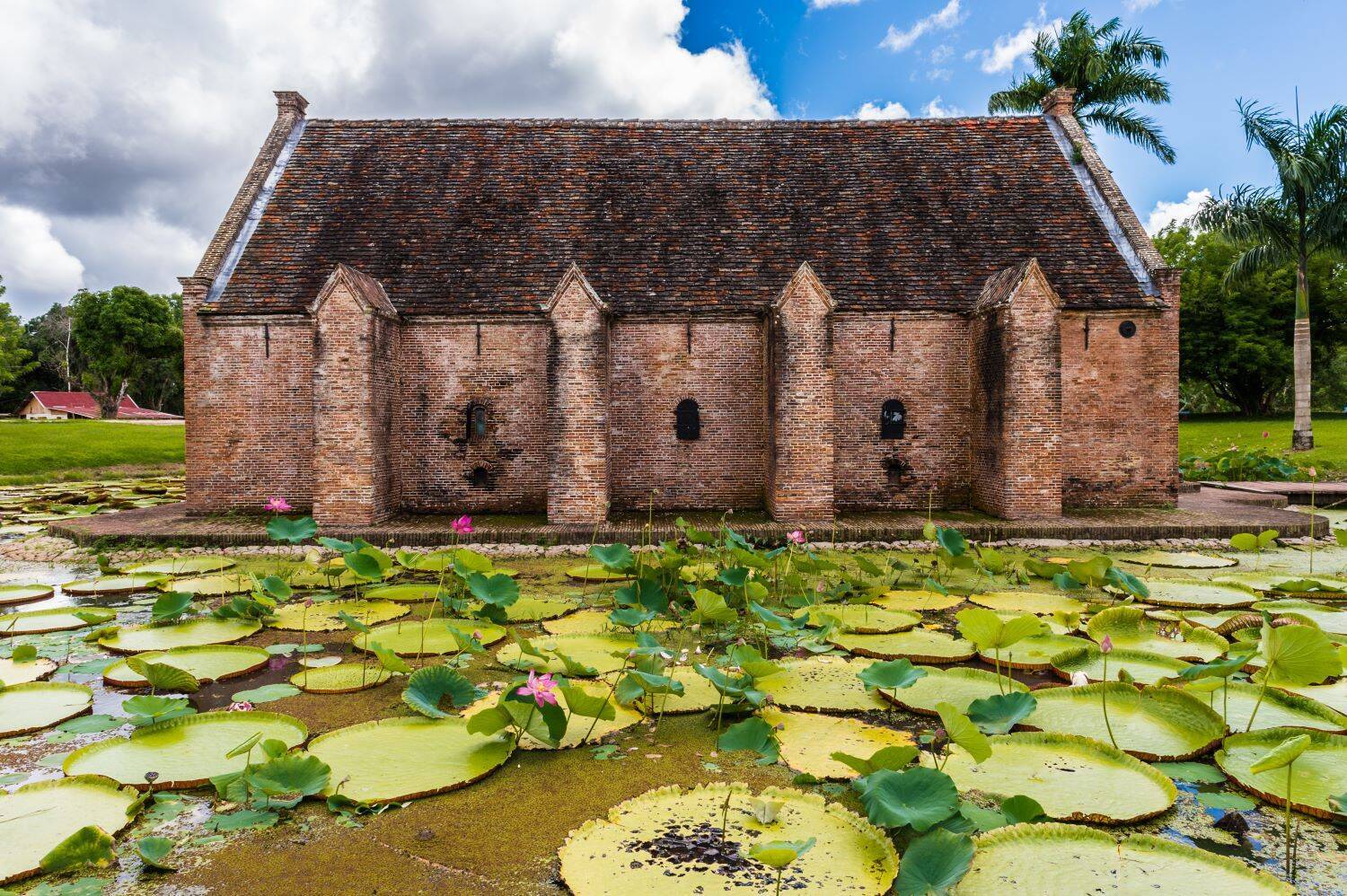
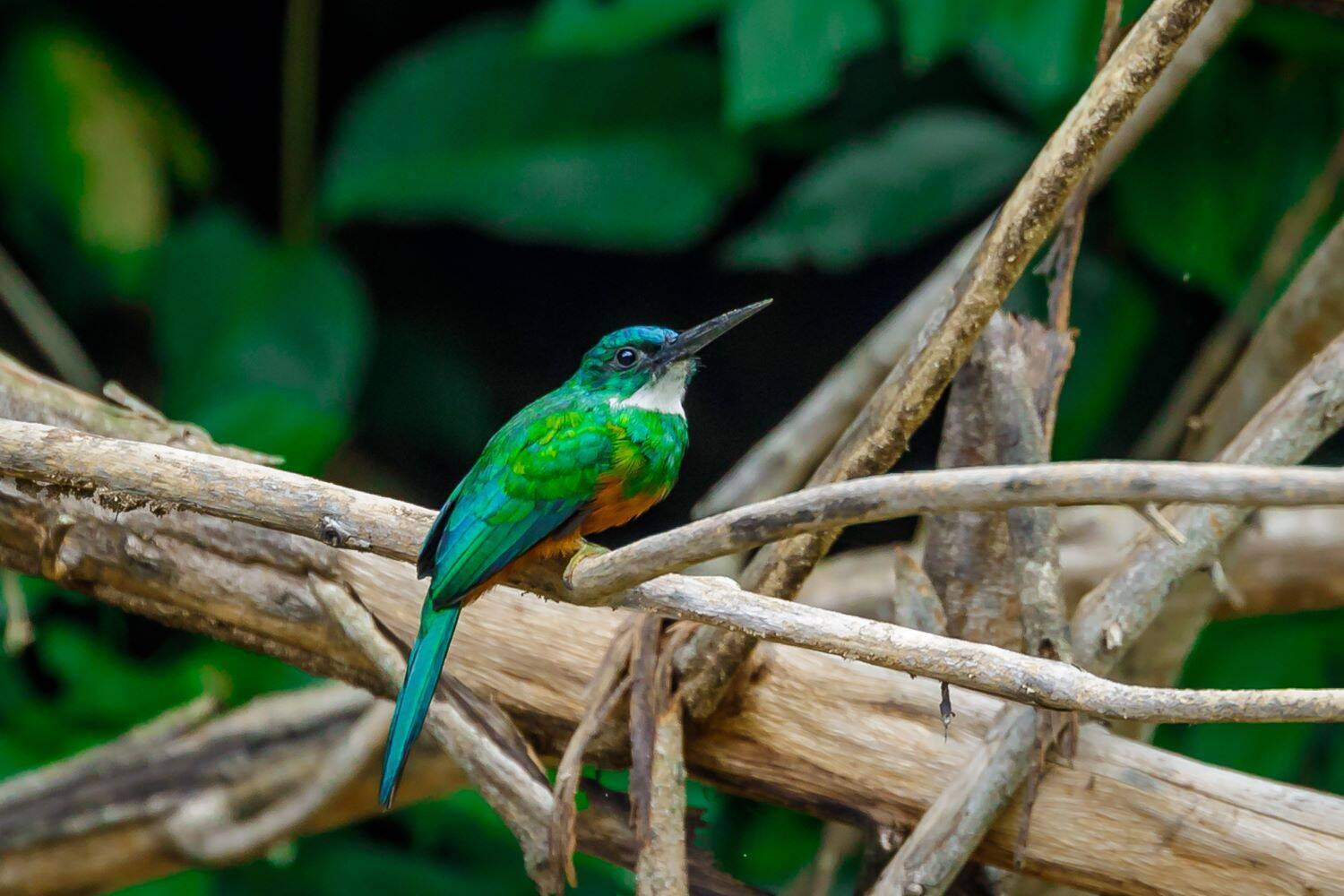
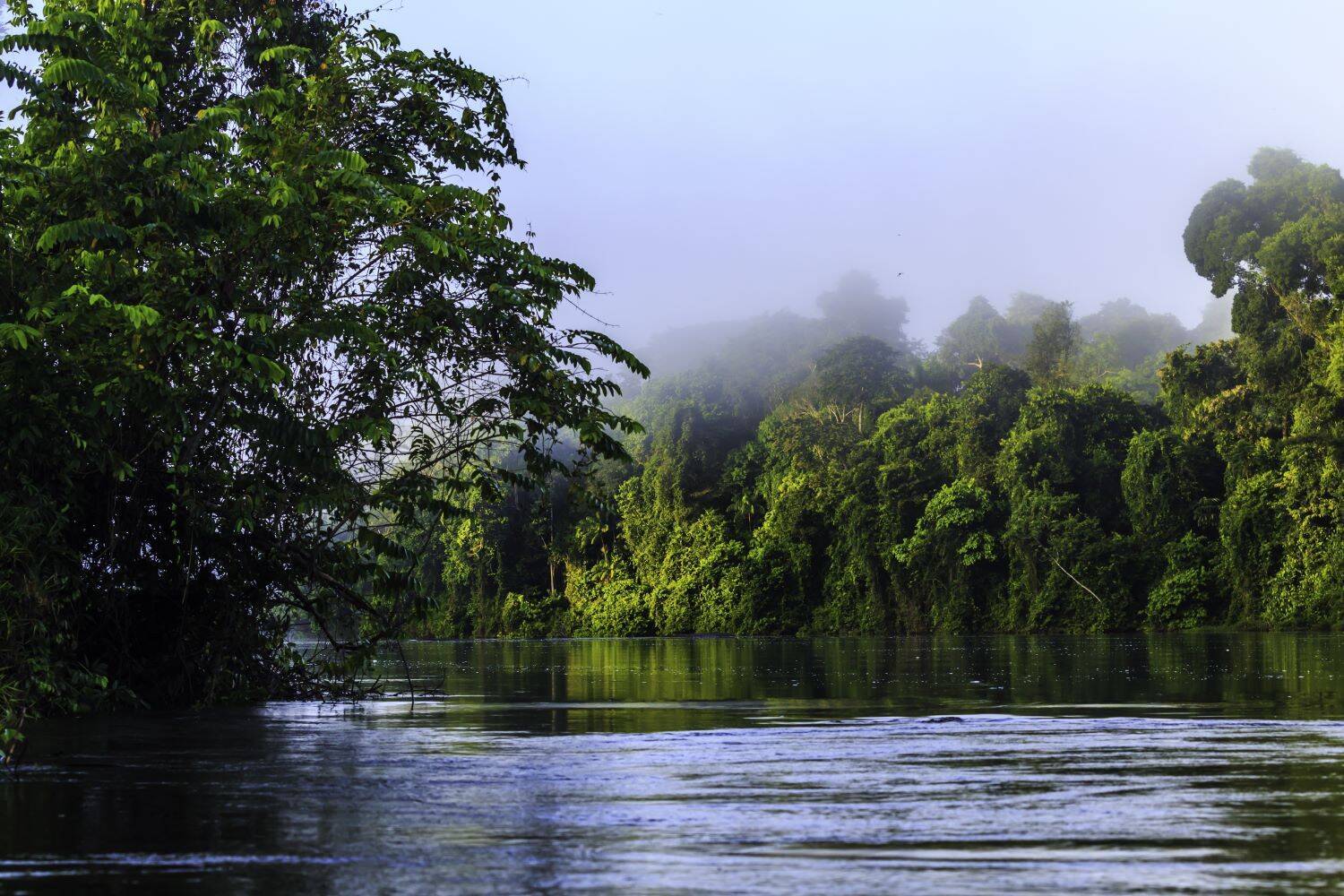
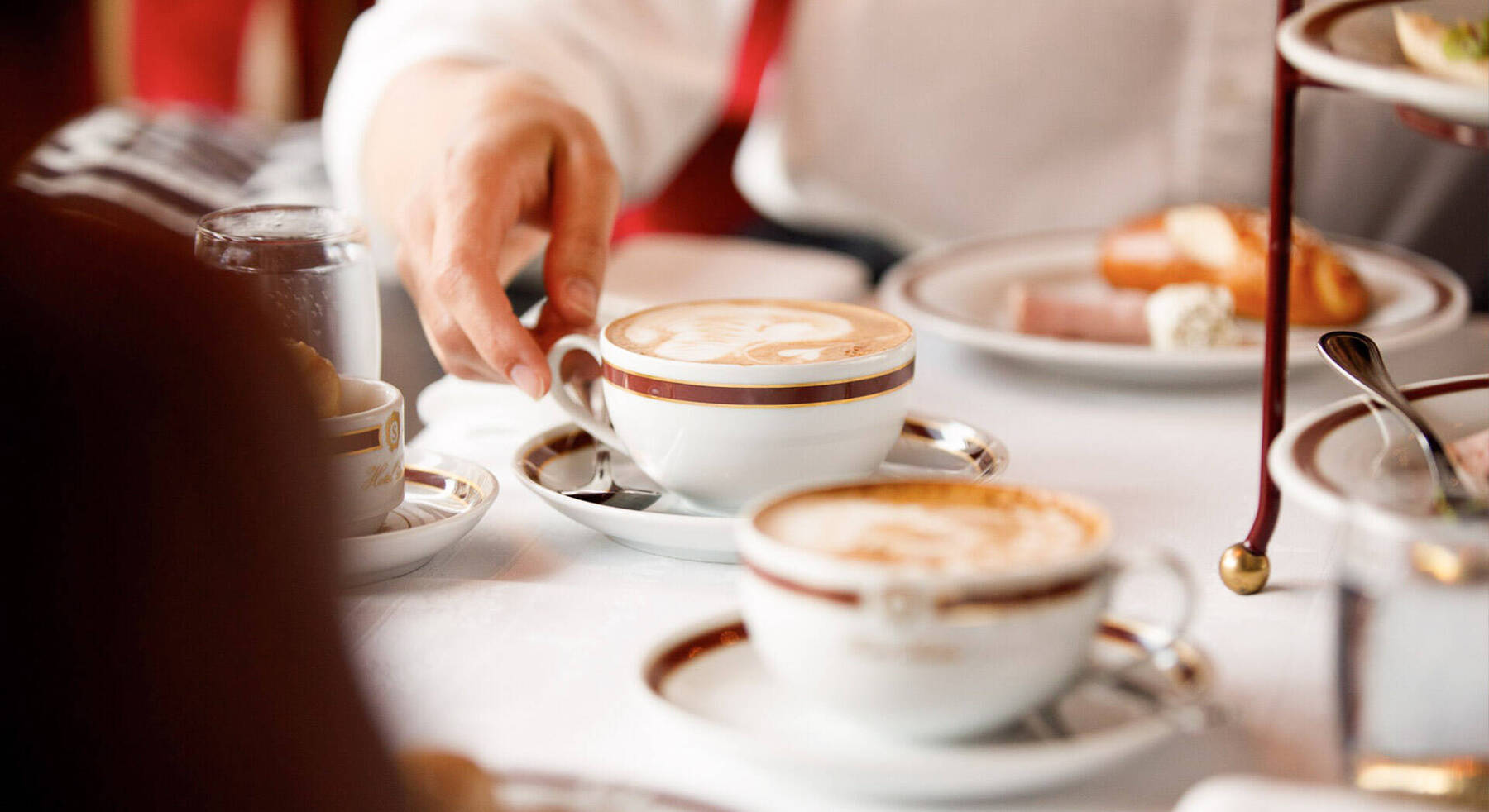
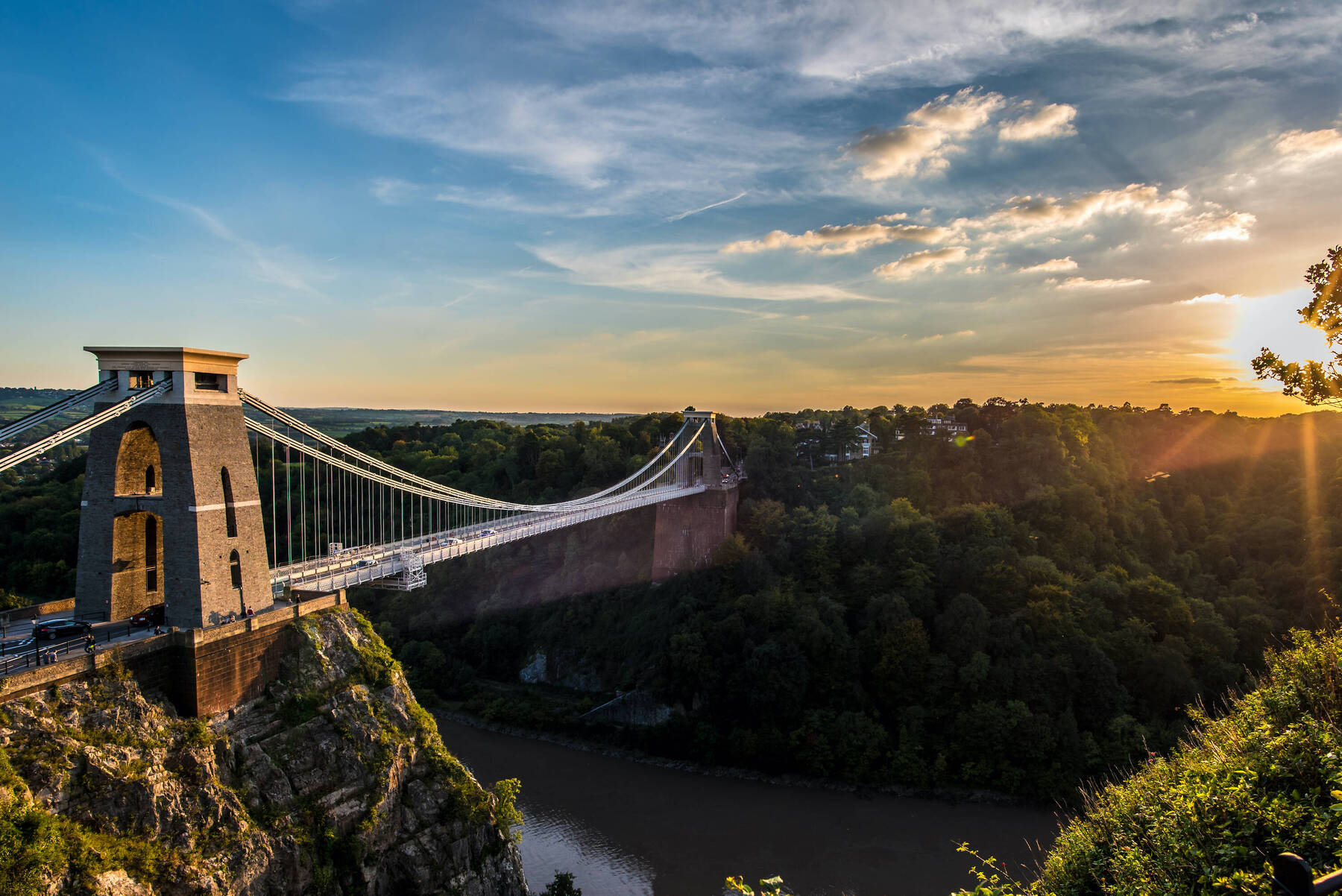
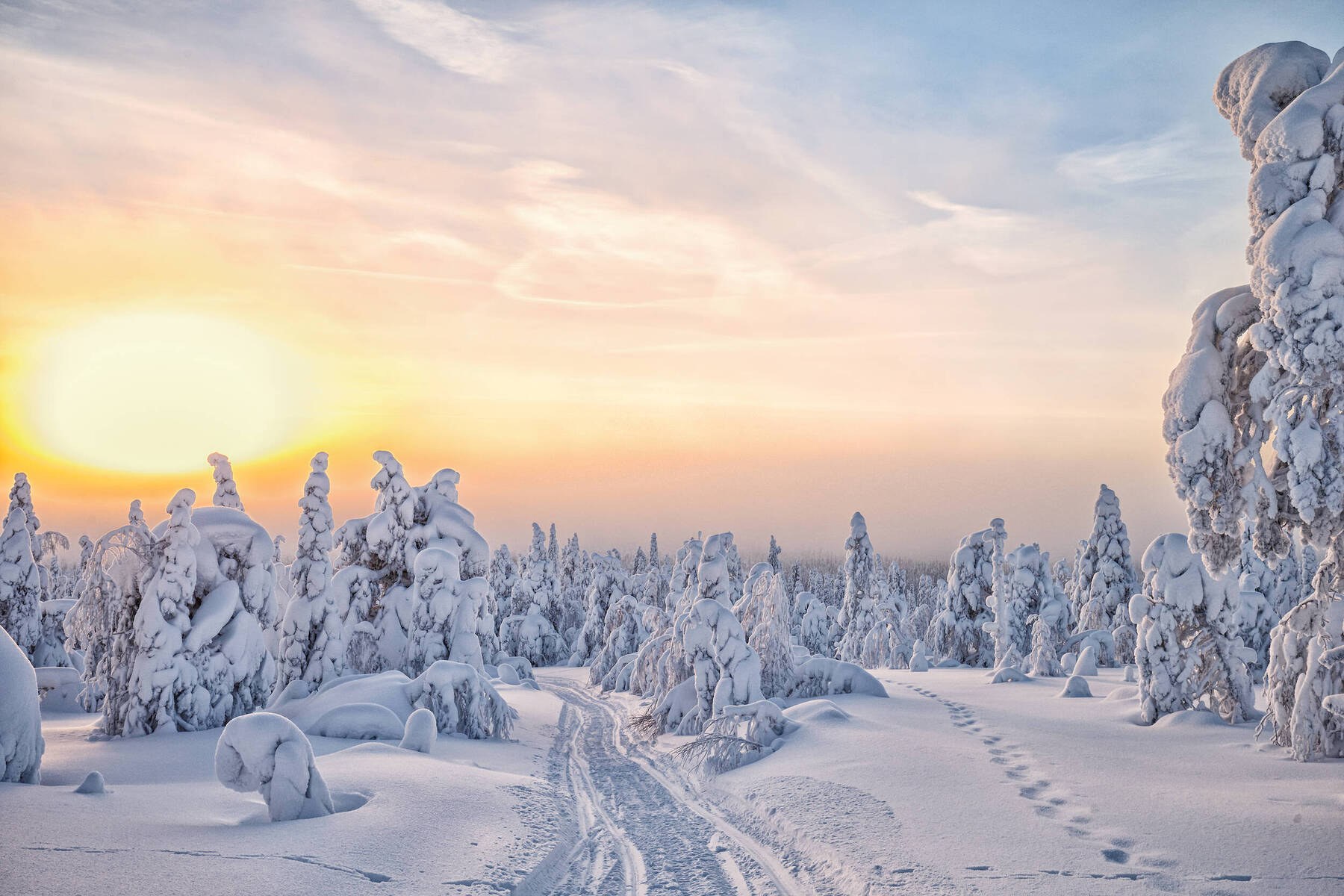




Comments